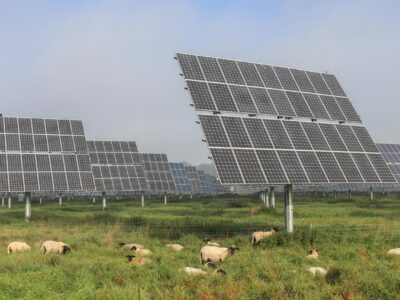Supply chain, supply chain, supply chain. That two-word phrase has been one of the most prevalent buzzwords of this weird transitional period that began in 2020, rivaled only by heavy hitters like ‘social distancing’ and ‘new normal’. Most of us by now have a general idea of what a supply chain is and what the issues are that currently exist in that sphere, but there’s no shame in being caught up in recent events and finding the concept too complex to explain.
The ‘supply chain’ refers to the idea that all products we use, clothes we wear, and goods we consume have to come from somewhere. That somewhere isn’t any one place– in fact, the items that end up on our doorsteps or the shelves of our local Wal-Mart are at the final of several stops in their journey. Many of these stages in between are international. So, in the event of a global pandemic and subsequent international lockdowns, it’s not surprising that this process begins to break down.
In no industry was this more publicized than in poultry. One of the earliest pandemic stories was a nationwide chicken shortage, caused by supply chain interruptions at key processing facilities across the country.
The threat of spreading COVID-19 to the chicken supply opened the eyes of executives and even researchers, who have since been working on ways to help the meat-processing sector become more fortified against viral threats in general.
One group of researchers at West Virginia University (WVU) is beginning to zero in on what they believe to be part of the problem: propane use as a heating source for live chickens. After recent regulatory pressure to reduce the over-usage of antibiotics in poultry, digestive issues among chickens have become increasingly prevalent, and create wetter conditions for the tens of thousands of birds that are housed together in a single barn. When these barns are heated with propane, the atmosphere only gets worse. “Using propane to heat the barn exacerbates the issues and causes even more wet conditions,” says Joe Moritz, professor of poultry science at WVU. “The chickens can get callouses and sores on their feet. We don’t want to hurt our animals.”
The research team decided to test the viability of a wood boiler heating system as an alternative to propane fuel. The system works by first burning wood byproducts from these farms, which in turn heats the water placed on top. The hot water then is directed through a heat exchanger, which then uses a blowing fan to create a dry heat compared to propane. The sustainability difference is an added bonus, with the burning of wood byproducts causing far lower carbon emissions than propane.
The experiment’s progress has been positive, with the wood boiler system working effectively to heat barns in milder climates. The feet of the birds have shown them to be generally healthier than before. “The birds raised in those dry conditions had much better-looking footpads,” said Moritz. “Aside from health, that’s also an economically-important product that sells to different Asian markets.” The next step is testing the system in colder climates more common in northern states like Wisconsin and Minnesota.





